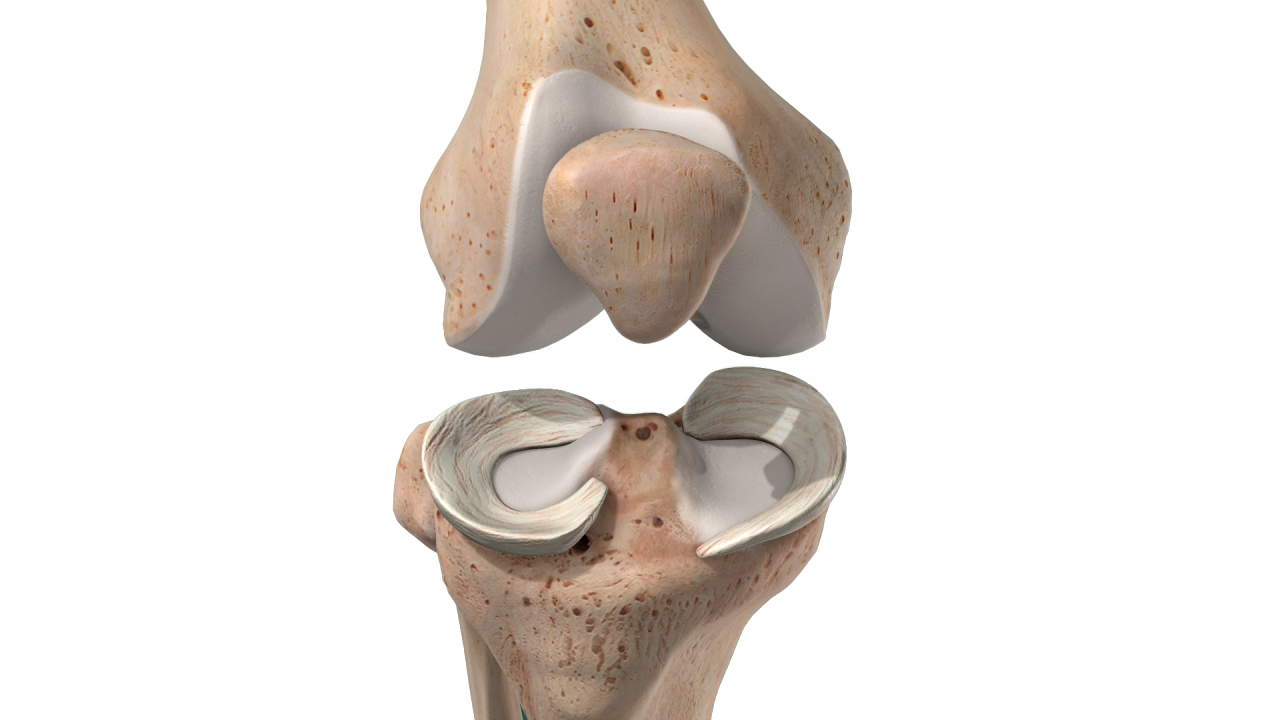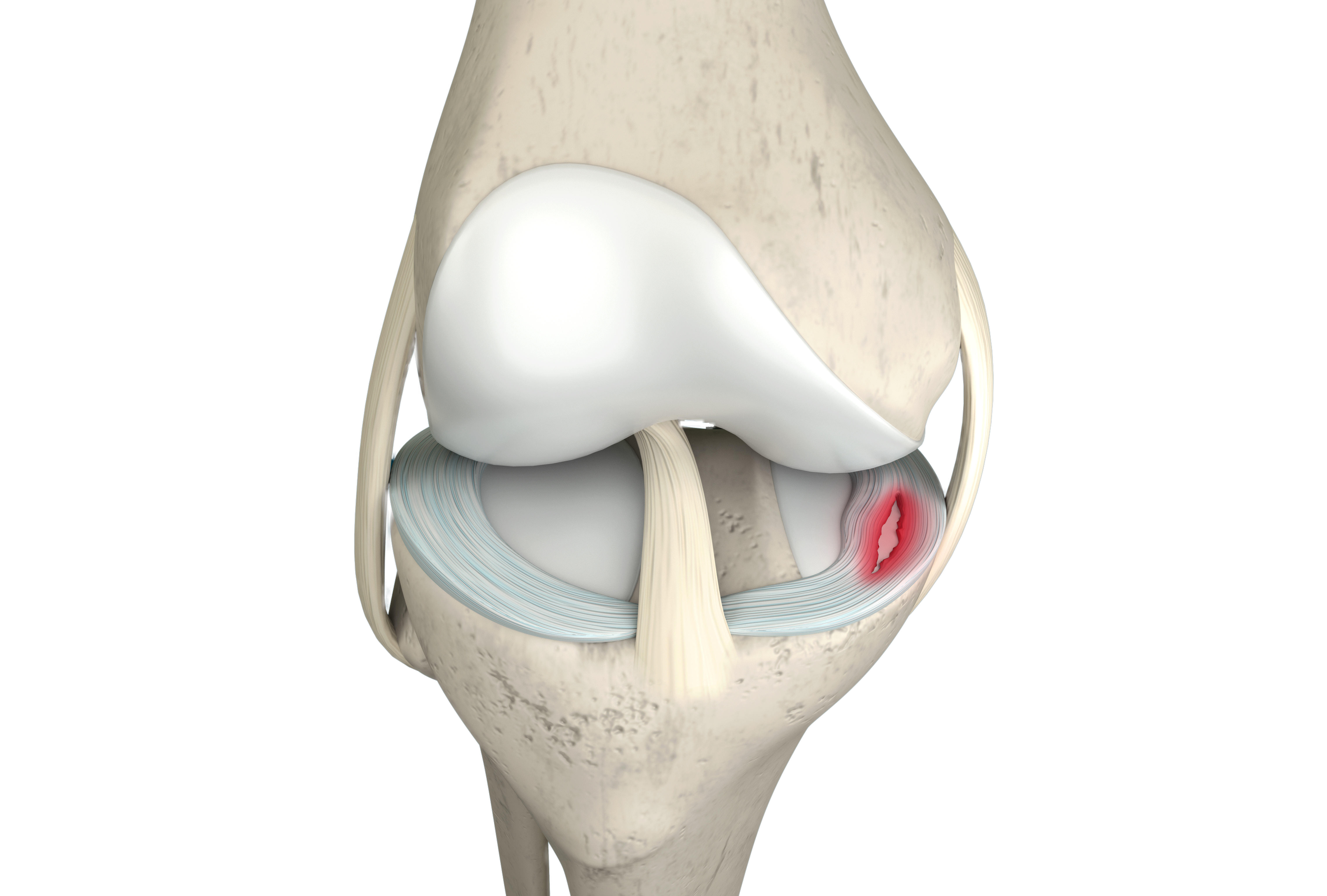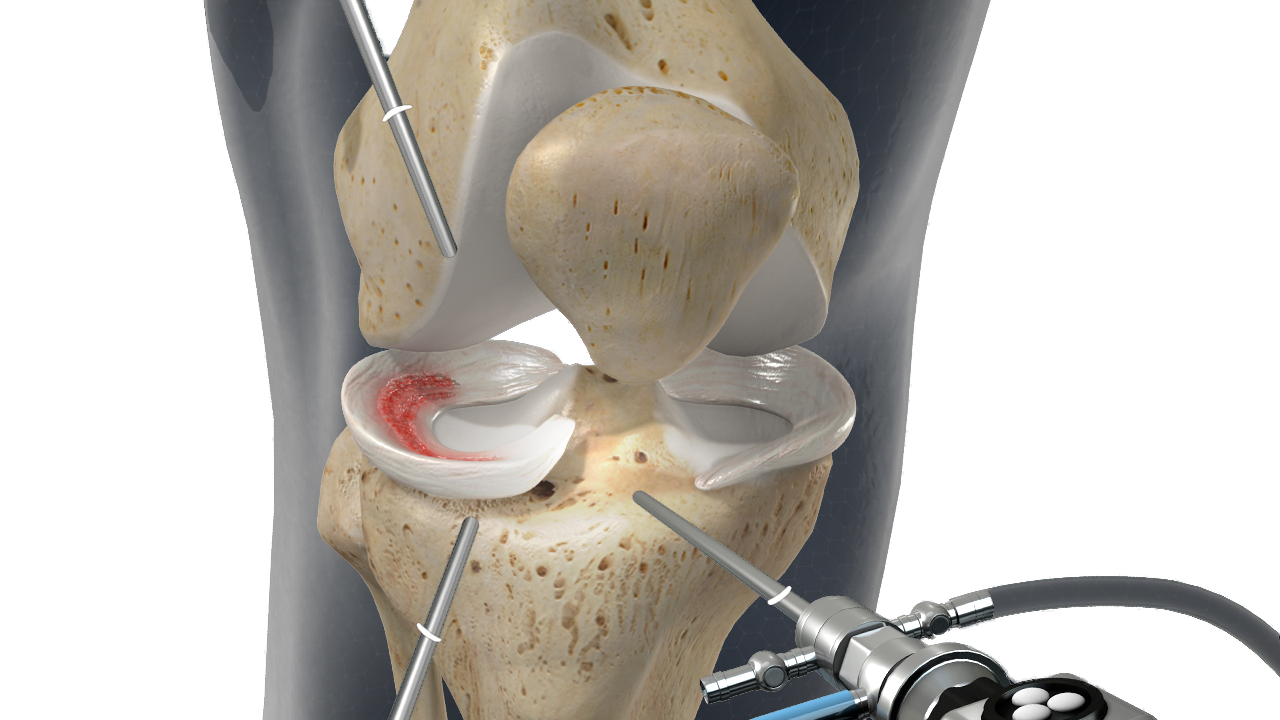
What happens if you tear your meniscus, and you don’t get it fixed?
What happens if you tear your meniscus, and you don’t get it fixed? https://phoenixspineandjoint.com/wp-content/uploads/2021/12/87236458-scaled-e1630619335396-1024x768.jpg 1024 768 Phoenix Spine & Joint Phoenix Spine & Joint https://phoenixspineandjoint.com/wp-content/uploads/2021/12/87236458-scaled-e1630619335396-1024x768.jpgWhen Jordan Romano’s knee started hurting in early 2021 the Toronto Blue Jay’s star reliever knew something was wrong. Although he was only twenty-seven years old, Jordan is no stranger to injury. The six foot six, two hundred ten pounder from Ontario Canada sat out the entire 2015 minor league season after having Tommy John surgery for a torn ulnar collateral ligament. MRI immediately showed the cause of his knee pain. A torn meniscus.
The news must have been agonizing for the young pitcher. A torn meniscus causes extreme knee pain that is so severe the knee feels locked. It’s bad enough for a regular person, but when professional athletes tear their meniscus there can be millions of dollars on the line.

Each knee has two horse-shoe-shaped menisci attached to the leg bone. The meniscus is made of cartilage and cushions the thigh bone in both everyday use and sports.

A torn meniscus causes extreme knee pain that is so severe the knee feels locked. It’s bad enough when it happens to a regular person, but when professional athletes tear their meniscus there can be millions of dollars on the line if they don’t play.

Your doctor can confirm a torn meniscus by twisting your shin bone with the knee bent. If this maneuver, called the McMurray test, reproduces the pain then a torn meniscus is highly likely. At this point x-rays are often obtained to alert the doctor to the presence and stage of arthritis. Magnetic resonance imaging (MRI) is needed if the x-ray rules out moderate to severe arthritis as the cause.
Jordan Romano had no choice; the team needed its star reliever. In particular after having lost so many games to COVID-19. After the MRI he entered treatment immediately and pitched through the pain for the rest of the season.
Once a meniscal tear is confirmed by MRI most of us have three potential options.
- Wait it out. Simple tears in younger patients often heal on their own without intervention. If the knee is not locked, and the pain is manageable, then the risk of surgery is not justified by the alternative of getting better on your own.
- Arthroscopic Meniscectomy. An orthopedic surgeon can speed up the healing of a meniscus by debriding dead tissue and “cleaning out” the joint. Studies have shown meniscectomy is no more effective than healing on your own for most patients; however, you get better faster with meniscectomy.
- Arthroscopic meniscal repair. Patients under 50 with complex tears that are likely to heal slowly or incompletely are good candidates for meniscal repair. The surgery is done by a fellow-trained orthopedic surgeon who is board certified in sports medicine surgery.
Meniscectomy surgery takes about half an hour, and it is done in an ambulatory surgery center, so you don’t have to be admitted to a hospital.

Arthroscopic meniscectomy is done through tiny incisions using an arthroscope, so recovery takes about a week.

In younger patients with more extensive tears sometimes in addition to cleaning out the dead and injured tissues, a meniscal repair is needed.
“If you tear your meniscus and don’t get it fixed, then you can expect severe pain and locking of your knee as the tear heals. While some tears heal on their own, the older you are and the more extensive the tear the slower it heals. Slow healing often causes problems with the hip in the short run and accelerates arthritis in the long term.” —Dan Lieberman, MD, Phoenix Spine and Joint.
When the regular season ended for the Blue Jays in October 2021 Jordan Romano hurried to have arthroscopic meniscectomy surgery.
Most patients report arthroscopic meniscectomy provides immediate relief. The pain and locking of your knee are gone when you wake up. Patients are typically delighted to stand and walk right away without the pain they had before surgery.
As expected, Jordan made an excellent recovery. On April 11, 2022, with the benefit of arthroscopic meniscectomy, Jordan Roman set the Blue Jay’s record with his 26th consecutive save going back to the prior season.
To learn more about meniscal tears and their treatment sign up for our newsletter by email.
If you are ready to find a surgeon look here:
- Posted In:
- Meniscal Tear






